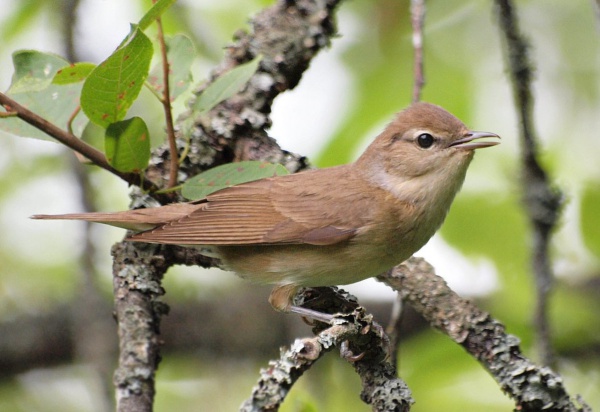Facts About Garden warbler
The garden warbler is a small, unassuming bird commonly found across Europe and extending into the Palearctic region up to western Siberia. With its brown upperparts and dull white underparts, it may not be the most visually striking bird, but its rich, melodic song is a delight to hear, often reminiscent of its close relative, the blackcap.
These birds prefer to breed in open woodlands where there's plenty of dense, low cover for nesting. However, they rarely establish nests in gardens, despite what their name might suggest. When nesting, the garden warbler lays four or five eggs in a well-hidden, cup-shaped nest close to the ground.
A remarkable aspect of the garden warbler is its migratory nature. These birds travel great distances, spending their winters in sub-Saharan Africa. During migration and winter, they switch their diet from insects, which they primarily consume during the breeding season, to fruit.
In terms of classification, the garden warbler belongs to the genus Sylvia and is part of the Sylviidae family. There are two recognized subspecies: one found in western, northern, and central Europe, and the other in eastern Europe and western Siberia. Fortunately, the garden warbler has a large range and population size, earning it a "Least Concern" status from the IUCN.
However, life isn't without its challenges for the garden warbler. Predators such as Eurasian sparrowhawks and domestic cats pose significant threats, and they also contend with various parasites, including fleas, mites, and internal parasites.
Garden warblers are monogamous and highly territorial during the breeding season. They build their nests and defend their territory vigorously. After the breeding season, they transition from an insect diet to consuming fruit.
Although there’s been a slight decline in their numbers in Europe, the overall population of garden warblers remains stable. Climate change has begun to affect their migration patterns, causing them to arrive earlier in Europe and leave later.
These birds exhibit fascinating behaviors, such as defending their territories against related species and changing their diet from insects to fruit after breeding. Despite their plain appearance, garden warblers are a captivating subject for bird enthusiasts and nature lovers alike.

 Cameroon
Cameroon